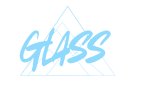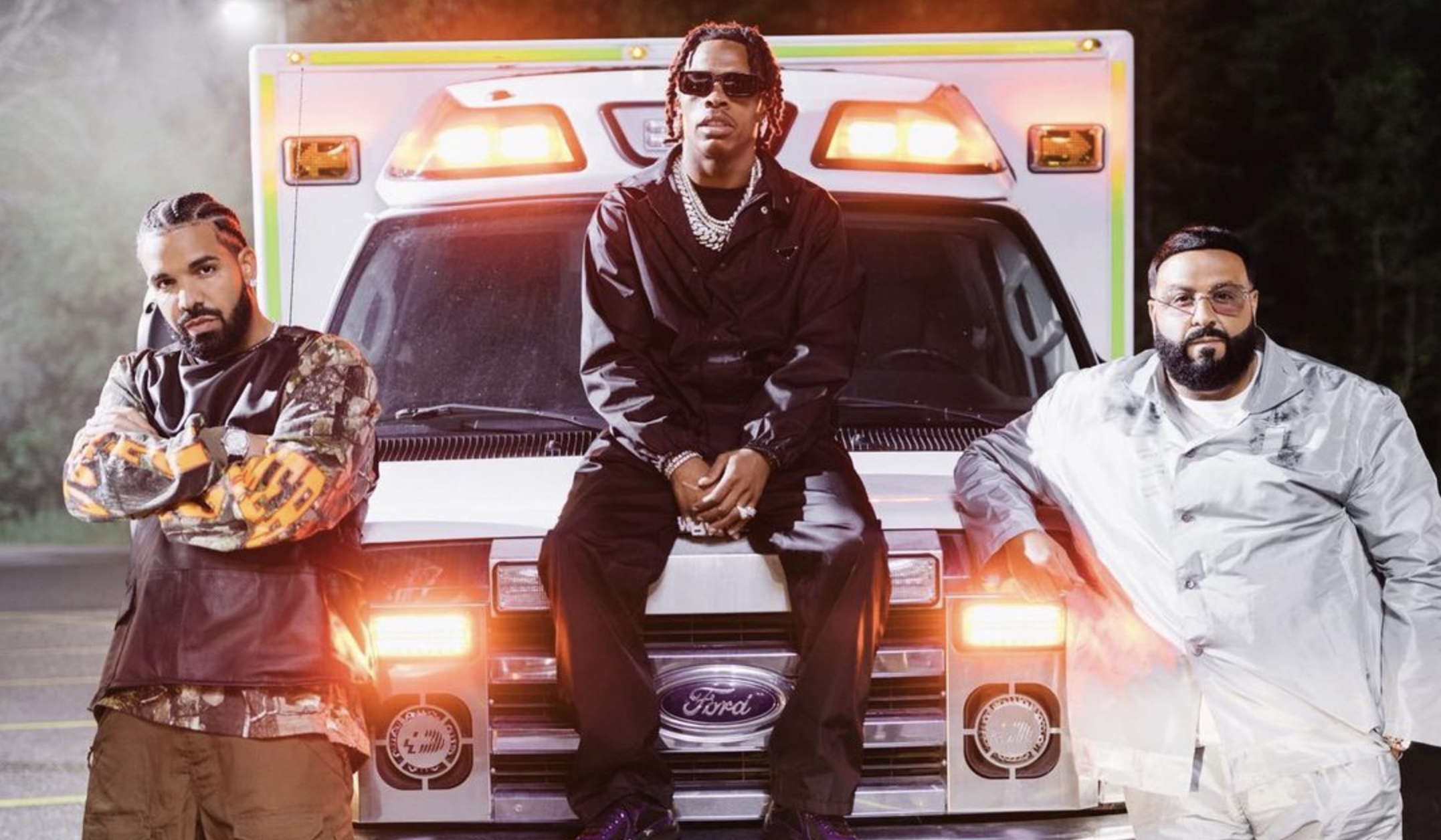Understanding the 183 BPM Signature in Detroit Beats
Detroit’s music scene has always been known for its innovation, grit, and pulse—literally. From the soulful rhythms of Motown to the industrial drive of techno, Detroit’s influence stretches across genres. But in 2025, one number continues to dominate conversations in underground and emerging music circles: 183 BPM.
The 183 beats per minute tempo is becoming more than just a speed—it’s a signature for a generation of producers, especially in the Detroit electronic, experimental hip-hop, and industrial trap spaces. But what does it really mean to produce at 183 BPM? Is it a stylistic choice, a nod to tradition, or a gateway to a new sonic identity?
My Glass Studios breaks down the cultural and technical layers behind the 183 BPM Detroit beat. Whether you’re an up-and-coming beatmaker, a sound engineer, or just a curious music nerd, this article is your in-depth guide to the high-velocity heartbeat of Detroit’s evolving sound.
Why 183 BPM? Breaking Down the Tempo Psychology
Speed That Drives Emotion
The tempo of a track isn’t just a number. It impacts how listeners feel. At 183 BPM, a beat straddles the edge between urgency and control—fast enough to feel chaotic, but structured enough to groove. It’s the perfect tempo for experimental drill, high-energy trap, hyperpop, and techno-infused hip-hop.
A Sweet Spot for Syncopation
Unlike the more common 160 or 140 BPMs used in trap and drill, 183 BPM allows for tighter hi-hat rolls, intense snares, and layered rhythmic play. Producers from Detroit are using this space to explore asymmetry, double-time flows, and syncopated melodies—a musical language that’s both raw and refined.
The Evolution of Detroit’s Beat Scene
From J Dilla’s Swing to Futuristic Energy
Detroit is synonymous with J Dilla’s humanized timing and soulful pocket. But as the city’s beatmakers evolve, they’re not abandoning soul—they’re amplifying energy. The move toward faster tempos like 183 BPM is part of a broader evolution: fusing traditional Detroit influences with futuristic, experimental leanings.
The Influence of Techno and Electro
Detroit techno legends like Jeff Mills and Juan Atkins helped define electronic music globally. Their emphasis on machine-like repetition and speed has now resurfaced in hip-hop and beat culture. The 183 BPM Detroit beat is a hybrid of those techno roots and modern street-level creativity.
What a 183 BPM Detroit Beat Actually Sounds Like
Drum Patterns and Percussion Layers
At 183 BPM, kicks hit fast and relentlessly, snares are often layered with industrial claps or distorted rimshots, and hi-hats run double or triple-time. Ghost notes and offbeat syncopation are critical to give it that gritty, unpredictable feel.
Melodic Choices
Most 183 BPM Detroit beats avoid lush chords. Instead, they lean toward ambient pads, synth stabs, eerie arpeggios, or dark textures. The mood is cinematic and often dystopian—matching the gritty narrative of Detroit’s streets and stories.
Use of Space and Reverb
Producers working at this tempo understand the power of space. Reverb tails, filtered echoes, and distorted ambiance allow the track to breathe even in high-speed situations. This technique is especially embraced at My Glass Studios, where professional sound engineers craft sonic clarity even at breakneck speeds.
Top Genres That Use 183 BPM in Detroit (2025 Update)
- Experimental Trap & Drill
- Industrial Hip-Hop
- Hyperpop / Glitch Rap
- Post-Techno Beat Fusion
- Cinematic Urban Scoring
Why My Glass Studios Embraces 183 BPM in Production
At My Glass Studios, we’ve spent the past few years engineering and producing for artists who thrive at the 183 BPM range. Why? Because this tempo pushes creativity to new limits. Our facility in Detroit is equipped with analog synths, hybrid drum kits, high-speed DAW templates, and custom processing chains specifically tailored for fast, aggressive production.
Whether you’re building your first beat at 183 BPM or polishing a fully layered track, My Glass Studios provides the technical and creative expertise to elevate your sound.
Key Tools and Plugins for Producing at 183 BPM
DAWs That Handle Speed Well
- Ableton Live (Session View excels at loop-based speed adjustments)
- FL Studio (Quick layering and piano roll editing)
- Logic Pro X (For professional audio processing and CPU efficiency)
Plugins That Enhance Fast Production
- RC-20 Retro Color for adding lo-fi character
- Gross Beat or ShaperBox 3 for real-time glitching and stutters
- Valhalla Reverb/Delay for dreamy depth
- FabFilter Saturn 2 for controlled saturation at high-speed mixdowns
Notable Artists & Producers Using the 183 BPM Style
- Black Noi$e – Mixing punk, glitch, and rap into fast beats.
- Danny Brown (post-2019 releases) – Embracing experimental BPMs and industrial sound design.
- ZelooperZ – Known for bending genre and tempo.
- Local Detroit collectives – Underground labels and DIY scenes pushing the BPM limits.
How to Start Producing 183 BPM Detroit Beats Today
Step 1 – Start with Intentional Sound Design
Don’t just increase your tempo—build textures that live in high-speed environments.
Step 2 – Study Detroit’s Musical Roots
Understand the emotional and cultural framework that shaped this city’s music—from Dilla to Drexciya.
Step 3 – Collaborate with Professionals
Working with studios like My Glass Studios can help you learn proper gain-staging, EQing, and BPM-based compression techniques that are essential at fast tempos.
Common Mistakes to Avoid at 183 BPM
- Overcrowding the mix — Leave space between elements.
- Poor snare design — Snare must punch through high-speed chaos.
- Ignoring the groove — High BPMs still need rhythm you can feel.
The Future of High-BPM Detroit Music Production
As AI music tools, real-time sync platforms, and hybrid analog setups grow in popularity, 183 BPM Detroit beats will continue to evolve. This tempo is not a fad—it’s a platform. Artists, engineers, and producers who can master it will shape Detroit’s next musical wave.
At My Glass Studios, we’re proud to be on the frontline of this movement, helping local and international artists create standout sounds at blazing-fast tempos.
Final Thoughts: Mastering the 183 BPM Signature
Producing at 183 BPM in the Detroit style is about more than speed—it’s about intention, structure, and emotion. The best beats at this tempo don’t just move fast—they move people.
If you’re serious about crafting professional-level Detroit beats, especially at this complex tempo, don’t go it alone. My Glass Studios is your partner in the journey—offering industry-standard tools, deep expertise, and a creative environment designed to bring your sound to life.
Key Takeaways:
- 183 BPM Detroit beats combine speed, syncopation, and urban texture
- This style sits at the intersection of hip-hop, trap, techno, and experimental music
- Artists in Detroit are redefining what modern production means, and My Glass Studios is helping shape that future
- Producing at 183 BPM demands both creative and technical precision
If you want to stand out in 2025’s beat scene, this is where the wave begins

